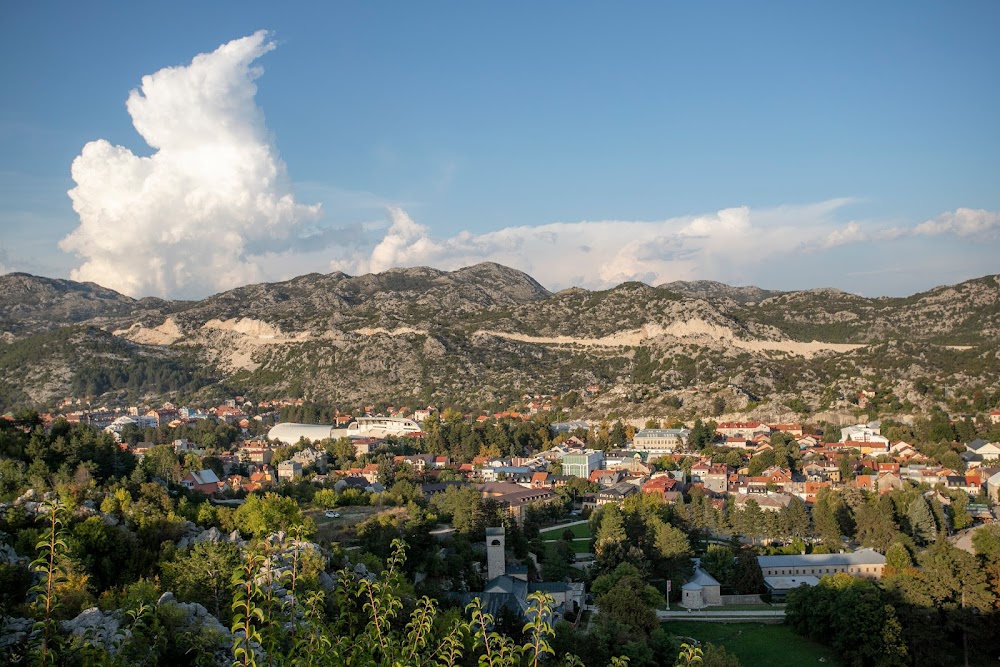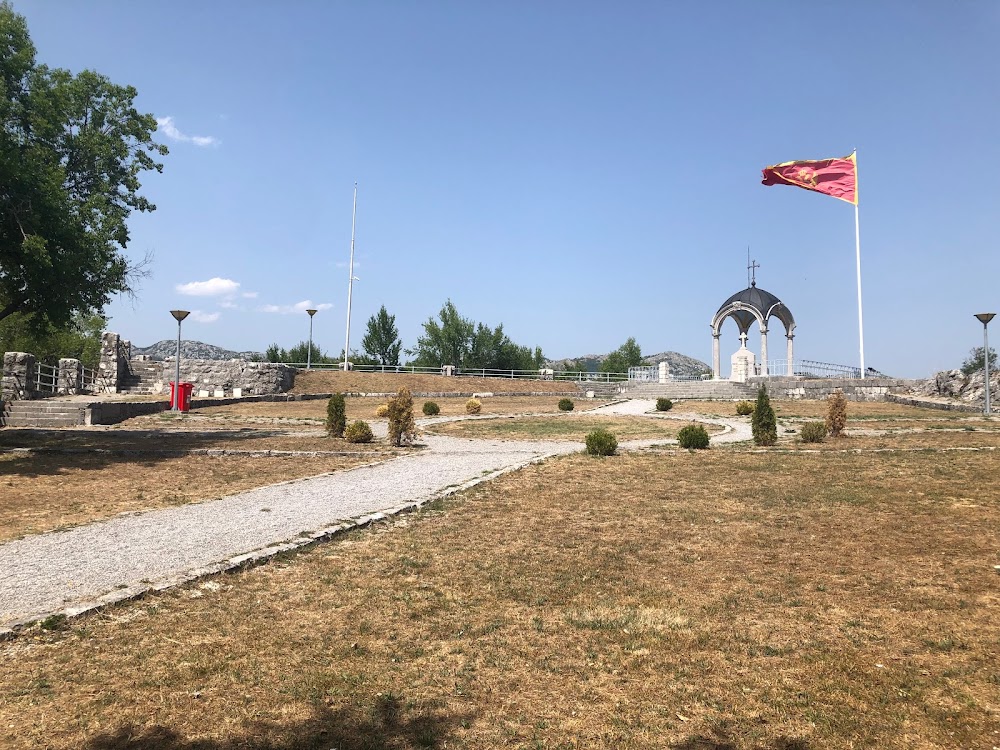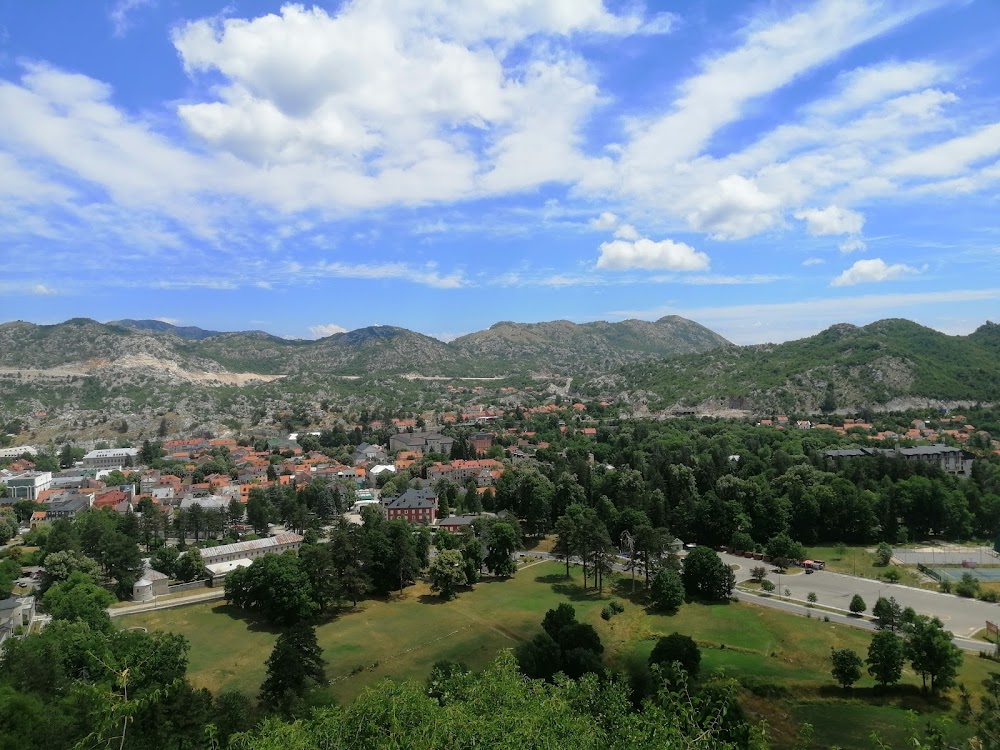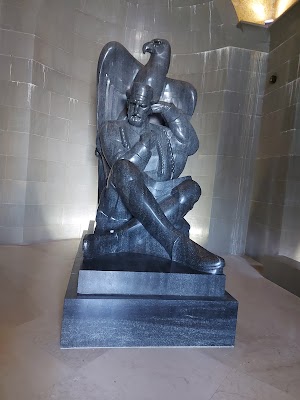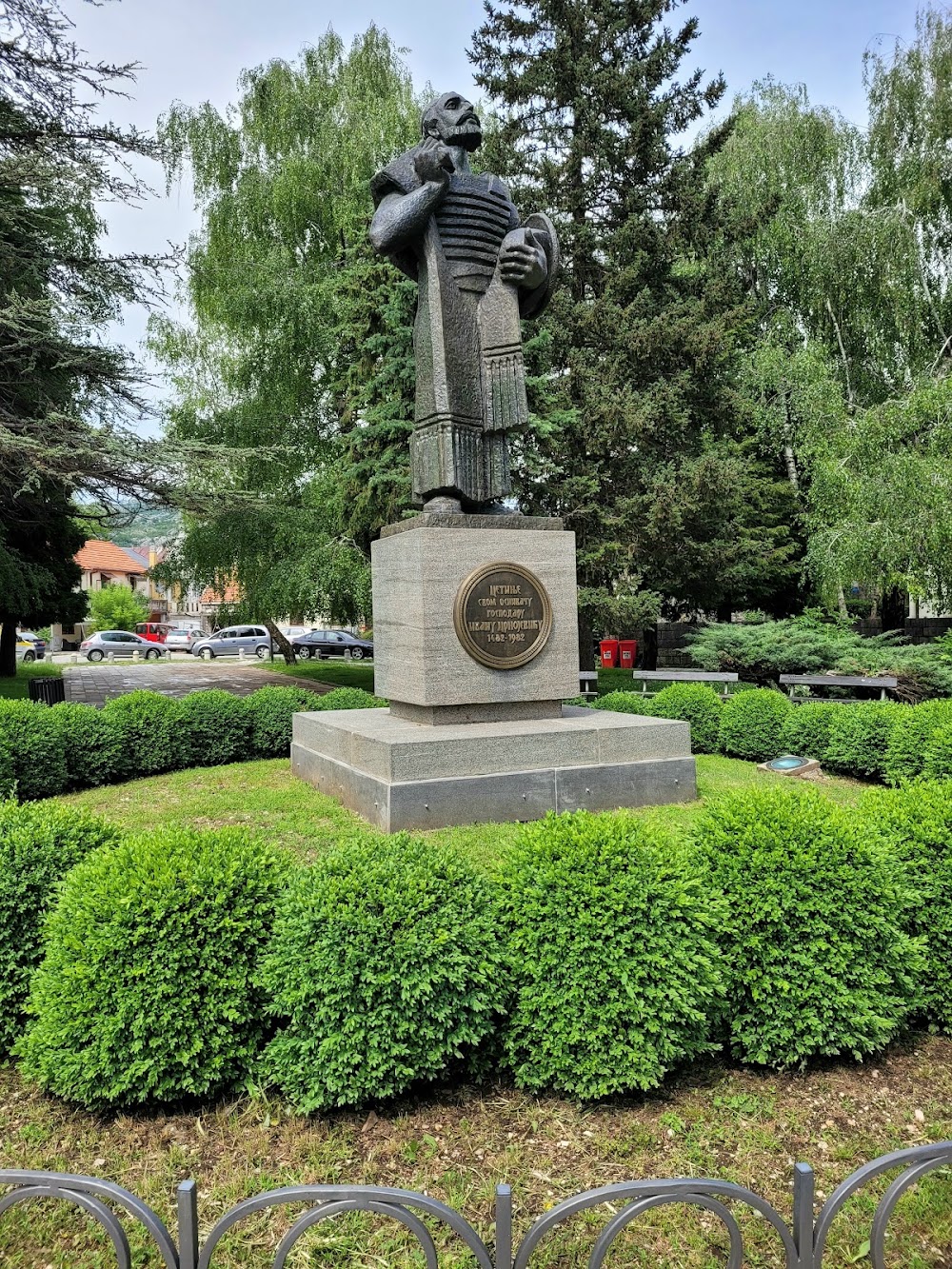Orlov Krš (Орлов крш)
Overview
Eagle Stone: A Symbol of Montenegro's Spirit
Eagle Stone (Orlov Krš) in Cetinje, Montenegro, is not just a monument; it stands as a monolithic symbol deeply embedded in the historical and cultural fabric of this captivating city. Rising gracefully from the rugged landscape, it embodies the indomitable spirit of Montenegro, steeped in rich legends and lore.
The origins of Eagle Stone date back to the late 19th century when Prince Nicholas I of Montenegro envisioned a monument that would celebrate the resilience and spirit of the Montenegrin people. He sought a grand lookout that would symbolize both a historical legacy and a limitless future, choosing a site that overlooks the royal capital of Cetinje. Erected in 1894, the construction of Eagle Stone was a remarkable feat of engineering, involving skilled stonemasons from local villages who meticulously carved and assembled the stone using traditional techniques passed down through generations. Each block was carefully shaped to blend harmoniously with the surrounding rocky outcrop.
The location of Eagle Stone was chosen with great care, providing a stunning vantage point over the rolling hills and valleys that characterize Montenegro’s rugged beauty. This elevated position symbolizes wisdom, vigilance, and strength, akin to an eagle's perch. Legend has it that Prince Nicholas commissioned a bronze eagle to be mounted atop the stone, crafted by a renowned artisan. The eagle, with its wings outstretched, captures the essence of freedom and sovereignty, appearing poised to soar into the sky and embodying a powerful message of the nation’s enduring spirit.
Visitors today can easily access Eagle Stone via a series of well-maintained trails that offer a peaceful and engaging walk through nature. Along the way, thoughtful plaques and markers provide insights into the site’s rich history and the surrounding natural wonders, inviting visitors to pause and reflect.
Nestled in a valley surrounded by the majestic Dinaric Alps, Cetinje, known as the Old Royal Capital, serves as a picturesque backdrop for the monument. The city is rich in cultural heritage, featuring numerous churches, monasteries, and museums. A visit to Eagle Stone is incomplete without exploring the treasures of Cetinje, including the historic Cetinje Monastery and the National Museum of Montenegro.
Over the years, Eagle Stone has evolved into a symbol of national pride and cultural identity. It is a cherished site for celebration during national holidays and a revered spot for quiet contemplation and inspiration. Its enduring presence echoes the resilience of Montenegro and its people, standing as a guardian over the land and a reminder of past struggles and triumphs.
Generations of Montenegrins have grown up with Eagle Stone as a constant presence in their lives, a silent witness to their stories and memories. For visitors, it offers a tangible connection to Montenegrin history and nature, allowing them to step into the past while savoring the beauty of the present.
In essence, Eagle Stone (Orlov Krš) is a living part of Cetinje, embodying the dreams, hopes, and enduring spirit of Montenegro. Its majestic presence continues to inspire all who journey to its heights, serving as a touchstone for the values and traditions that have shaped this resilient and beautiful nation.



